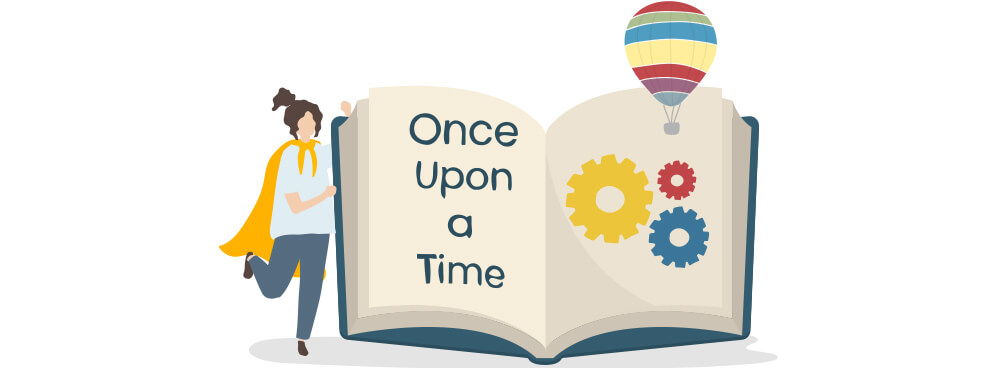

Close

Use this template to quickly communicate the story of how a user discovers, interacts and experiences your proposed solution.
A storyboard helps you break down how your solution will fit into your user’s life. Much like a comic strip, you can get your message across in a step-by-step sequence, using illustrations to bring your ‘script’ to life. By telling your story from the user’s perspective, you make it easier for others to understand what you’re imagining.
Blank Storyboard Template

When you have an idea and struggle to get others to understand your thinking, the storyboarding template helps you bring to life how a user will engage with your solution and make it feel real to others. Rather than presenting slides with bullet points of an idea in your next meeting, use a storyboard to help others see how your idea works and how users will interact with and benefit from it. Try it out and see how it enables you to tell your story.